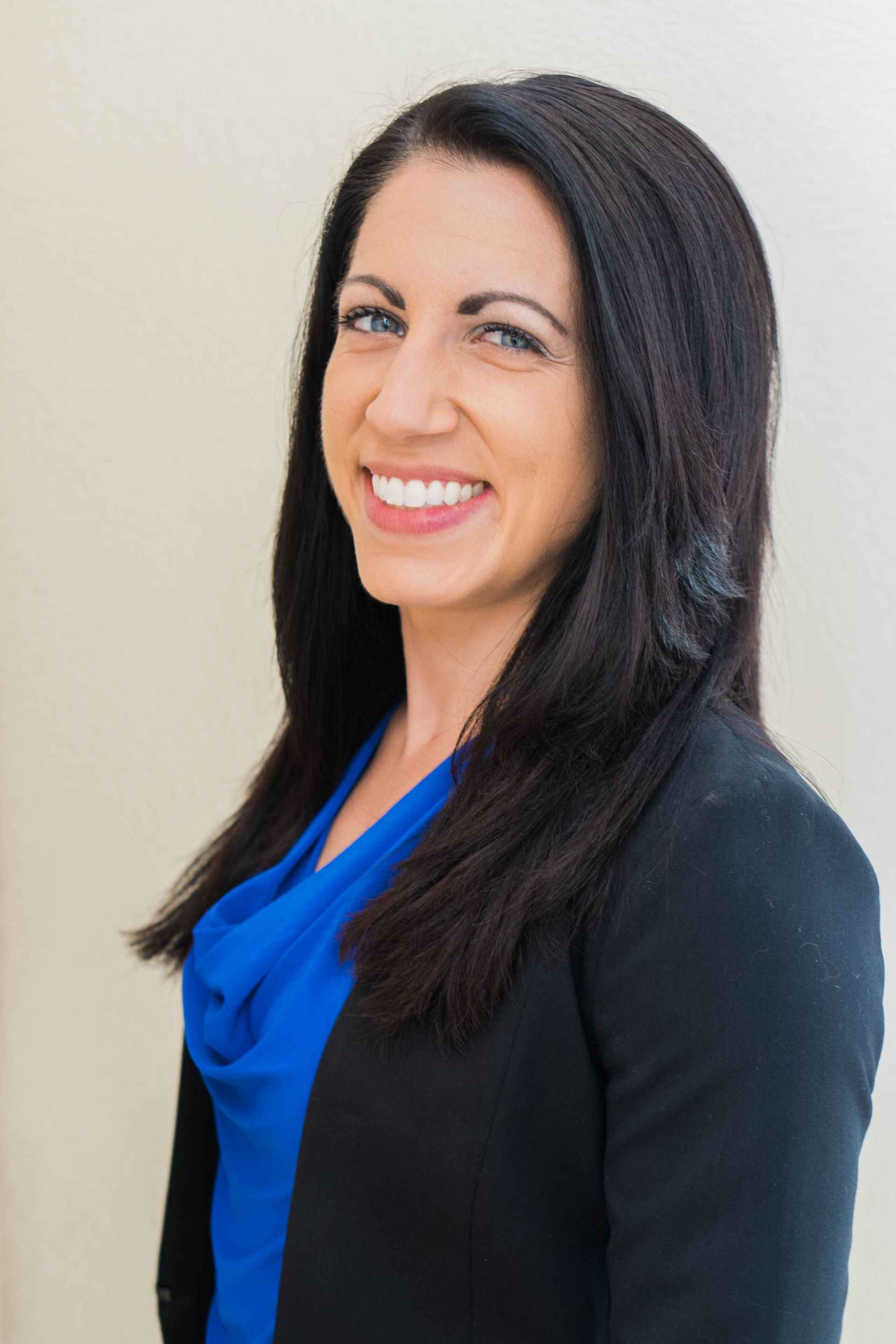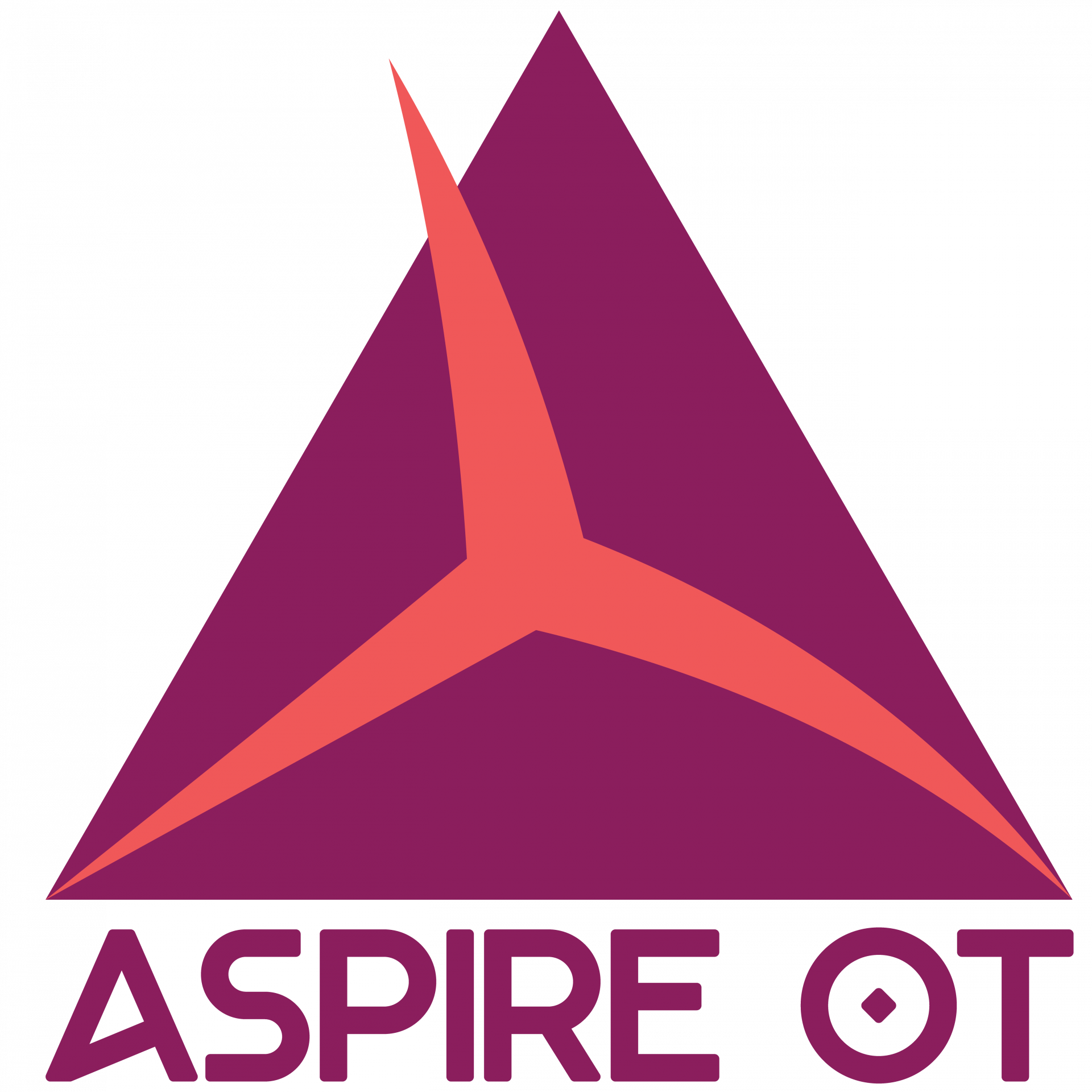
I walked out of her room, pumping my fist in the air. I caught the eye of her nurse, and she said, “good session with her?” I responded, “she just got back into bed without having the pain at the pin site in her thigh for the FIRST time!” Her nurse broke into a smile, saying, “nice work, Megan! You’re going to change the world.”
Megan O. Doyle, MS, OTR/L, FPS, Cert-APHPT, Aspire OT Instructor
Instructor for the Webinar, “You’re Helping Me Find Myself Again”: Addressing Acute Pain Through the Power of the Biopsychosocial Model
It didn’t always feel this way, as when I first started practicing as an occupational therapist, I felt completely unprepared to adequately address the understandable fear my clients had about moving their bodies after an injury or surgery. It was only when I sought out additional training, to learn all I could about our newest understanding of pain neurophysiology through the biopsychosocial model of pain, and that by empowering clients with this knowledge, as well as techniques like deep breathing, visualization of movements, and mindfulness, that I gained the confidence to guide someone to literally find safety in movement again. By doing so, ultimately, they could start to “turn the dial down” on their pain intensity and feel increased confidence in their occupational engagement.
But back to this particular client: the day before the session I describe above, I had provided education on pain neurophysiology, which the client found so helpful, to understand what was going on in her own body, and how she could take control back of her pain symptoms. After the success she had during the session where she first moved in and out of bed without pain in her thigh, using deep breathing and imagining herself moving PRIOR to moving, I returned to see her the following day.
“I was able to use what you taught me the rest of the day yesterday!” she said with obvious delight in her voice. “I imagined myself moving before attempting walking with crutches with my physical therapist, taking deep breaths. Before you taught me everything, I would have been so afraid to try that. Now, I just think about how good I’m going to feel afterwards, because I accomplished something.” She was making my occupational therapy loving heart almost BURST! In a short amount of time, she not only increased safety in movement, but had found self-management strategies she carried into other staff interactions AND fostered a sense of self-efficacy and motivation to engage, rather than fear the pain itself. “This is the ultimate acute pain intervention,” I thought to myself. “Understanding how to create safety in oneself, choosing to engage, and getting all those yummy, delicious endorphins flowing again! Now, to keep teaching other occupational therapy practitioners how to do this too…that’s how to change the world.”
Megan O. Doyle, MS, OTR/L, FPS, Cert-APHPT, Aspire OT Instructor
Instructor for the Webinar, “You’re Helping Me Find Myself Again”: Addressing Acute Pain Through the Power of the Biopsychosocial Model

